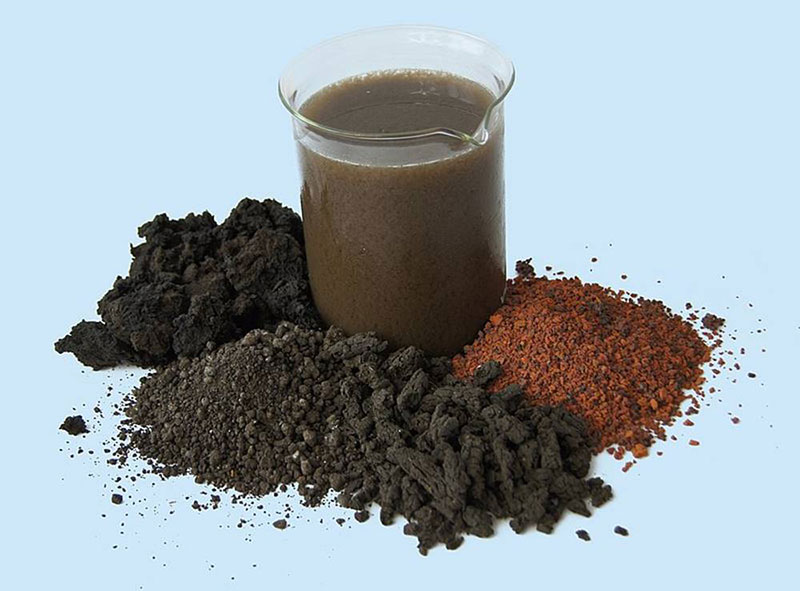The residue that accumulates in sewage treatment plants is called sludge (or biosolids). Sewage sludge is the solid, semisolid, or slurry residual material that is produced as a by-product of wastewater treatment processes. This residue is commonly classified as primary and secondary sludge. Primary sludge is generated from chemical precipitation, sedimentation, and other primary processes, whereas secondary sludge is the activated waste biomass resulting from biological treatments. Some sewage plants also receive septage or septic tank solids from household on-site wastewater treatment systems. Quite often the sludges are combined together for further treatment and disposal.
Treatment and disposal of sewage sludge are major factors in the design and operation of all wastewater treatment plants. Two basic goals of treating sludge before final disposal are to reduce its volume and to stabilize the organic materials. Stabilized sludge does not have an offensive odour and can be handled without causing a nuisance or health hazard. Smaller sludge volume reduces the costs of pumping and storage.
Treatment of sewage sludge may include a combination of thickening, digestion, and dewatering processes.



